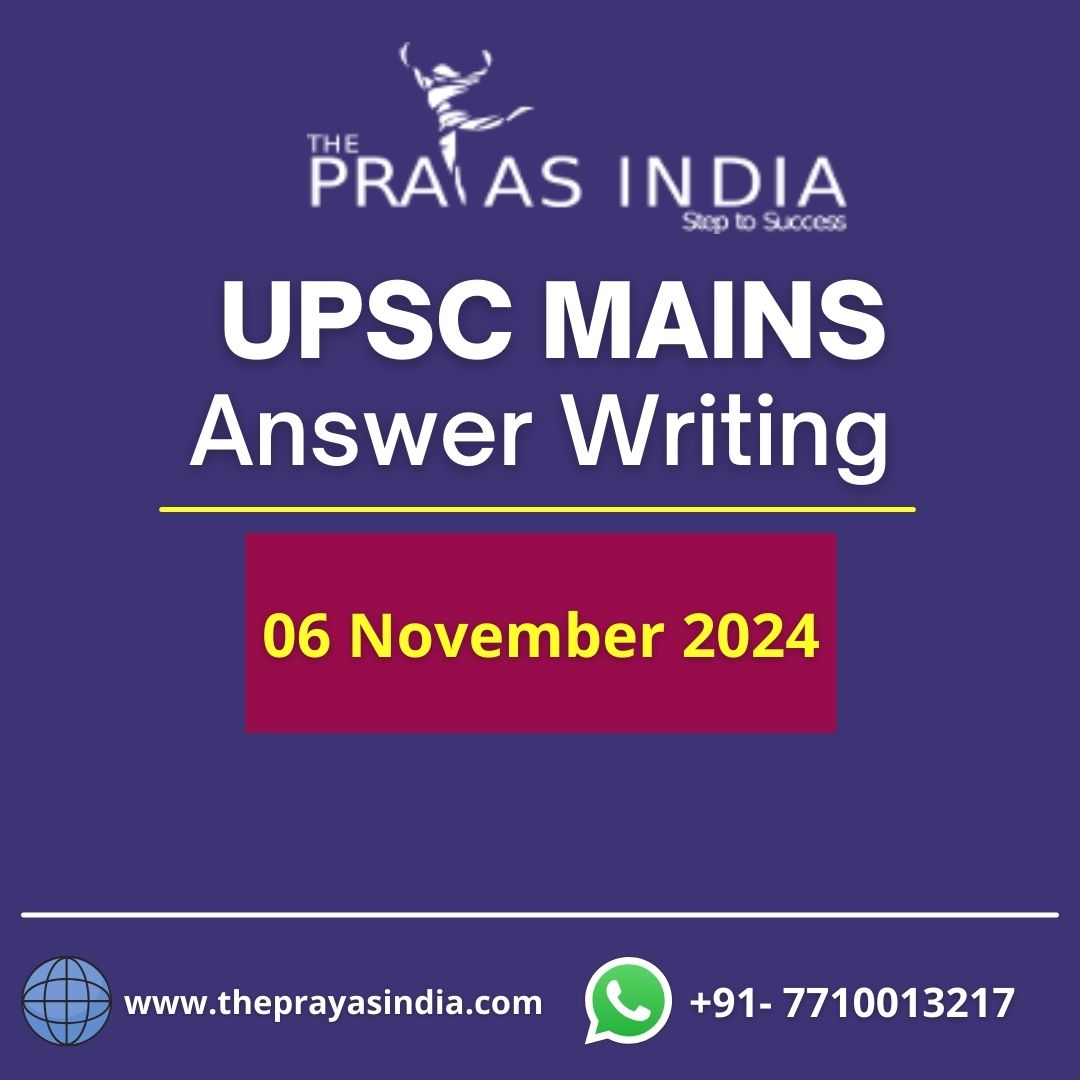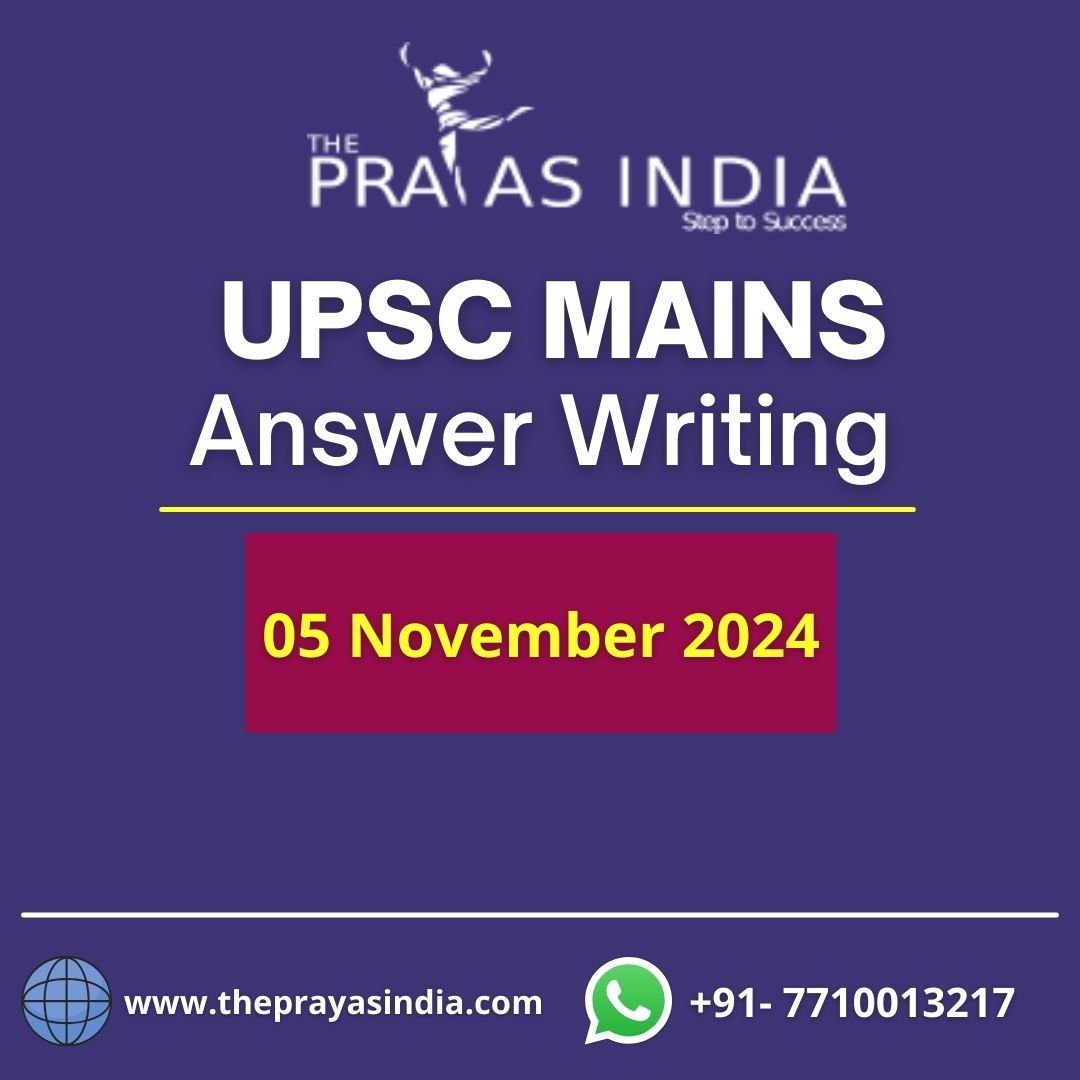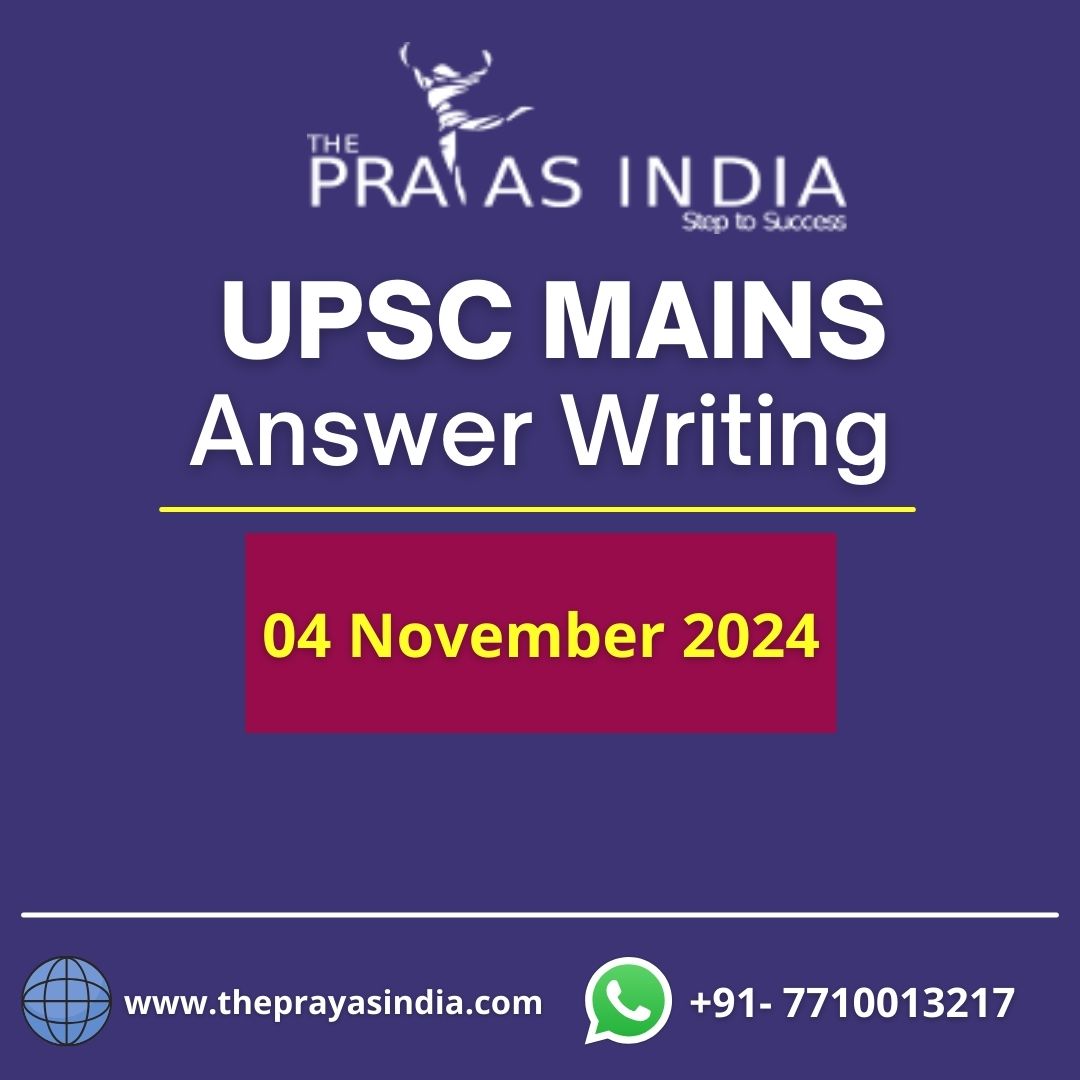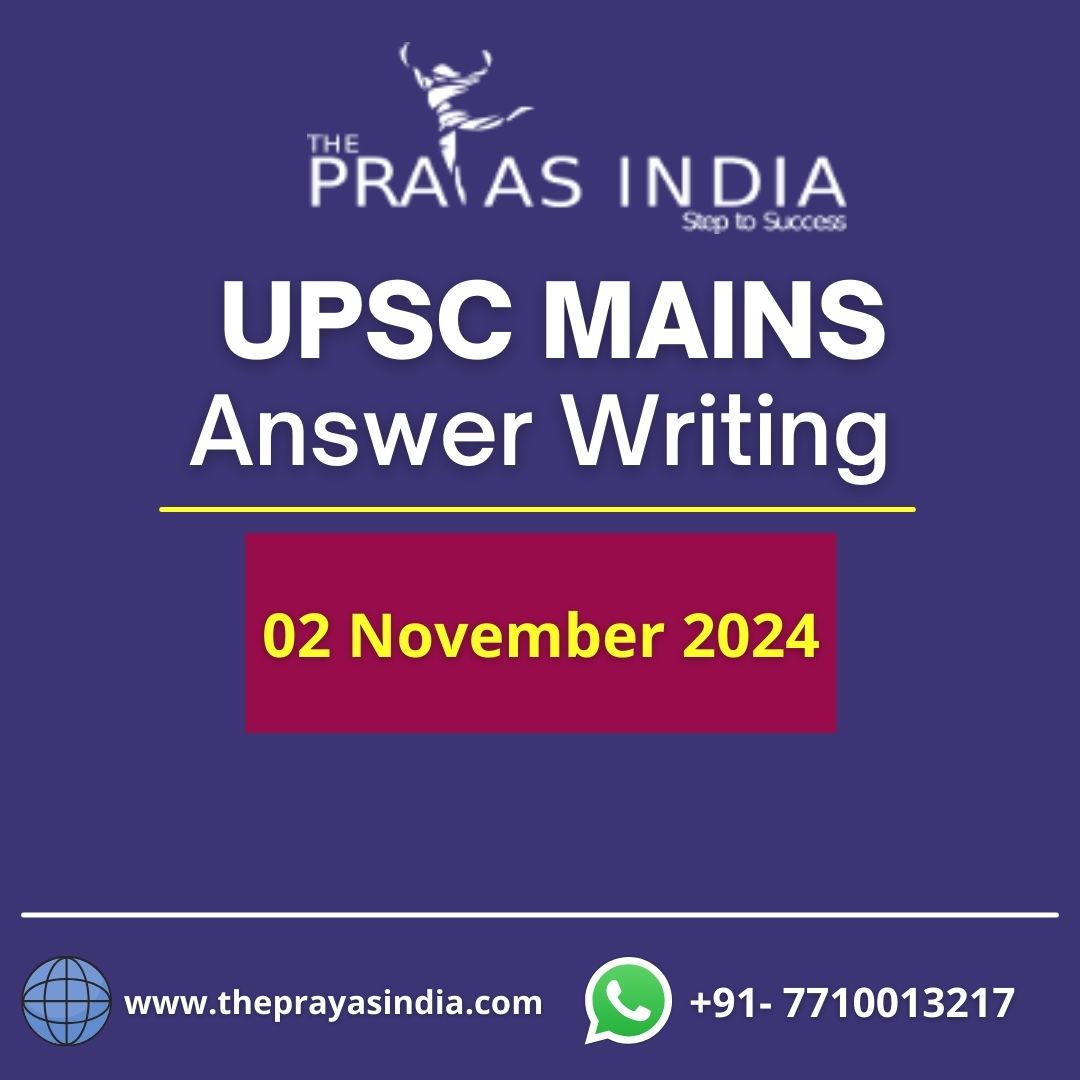MAINS DAILY QUESTIONS & MODEL ANSWERS
Q1. Analyze the major factors contributing to the occurrence of stampedes in India and evaluate the measures that can be implemented to mitigate these risks, particularly during large public gatherings.
GS III – Disaster Management
Introduction:
- Stampedes are tragic events that often result in significant loss of life and injuries. They are usually triggered by panic in overcrowded areas and can be exacerbated by poor crowd management and inadequate infrastructure.
Factors Contributing to Stampedes:
- High Crowd Density: Overcrowding, often exceeding 3-4 persons per square meter, creates conditions where movement becomes difficult and panic can easily spread.
- Traumatic Asphyxia: A common cause of fatalities in stampedes, resulting from the compression of the chest and abdomen, leading to suffocation.
- Poor Crowd Flow Management: Ineffective planning and management of crowd movement, especially during large religious gatherings, festivals, and public events.
- Lack of Adequate Infrastructure: Insufficient exits, narrow pathways, and lack of proper barriers can hinder safe evacuation and movement.
- Panic Triggers: Sudden loud noises, announcements, or false alarms can induce panic and cause chaotic movement.
- Insufficient Emergency Services: Delays in the arrival of emergency services and lack of trained personnel can worsen the situation.
Measures to Mitigate Risks:
- Advanced Technology Implementation: Use of real-time monitoring systems, RFID technology, and intelligent lighting to manage crowd density and movement.
- Efficient Crowd Management Strategies: Proper planning of entry and exit points, use of barriers to control flow, and deployment of trained personnel to manage crowds.
- Public Awareness Campaigns: Educating the public about safe behavior during large gatherings through media and community outreach programs.
- Infrastructure Improvements: Ensuring adequate number of exits, wider pathways, and structurally sound barriers to facilitate safe movement.
- Emergency Preparedness: Training for event organizers and emergency responders, and conducting regular drills to ensure swift response during emergencies.
- Regulatory Framework: Establishing guidelines and regulations for crowd management during large public gatherings, with strict enforcement and penalties for non-compliance.
Conclusion:
- Effective mitigation of stampede risks requires a comprehensive approach involving technological advancements, robust infrastructure, efficient crowd management, and public awareness. By implementing these measures, India can significantly reduce the occurrence of such tragic events and enhance the safety of its citizens during mass gatherings.
Q2. Discuss the roles and significance of Cabinet Committees in the Indian parliamentary system. Highlight the recent changes introduced in Lok Sabha’s oath-taking rules and their potential impact on parliamentary decorum.
GS II – Indian Executive
Introduction:
- Cabinet Committees are an essential part of the Indian parliamentary system, enabling more efficient decision-making and coordination among different ministries. They handle specific tasks and issues which require focused attention and expertise.
- Recently, the Lok Sabha Speaker introduced new rules to prevent Members of Parliament from using prefixes or suffixes during their oath-taking, aiming to uphold the decorum and integrity of parliamentary proceedings.
Roles and Significance of Cabinet Committees:
- Decision-Making: Cabinet Committees streamline decision-making on various critical issues such as economic affairs, security, and appointments.
- Division of Labour: They help in the division of labour among ministers, ensuring that complex issues are handled by smaller, specialized groups rather than the entire Cabinet.
- Efficient Governance: By delegating tasks, these committees contribute to more efficient governance and quicker resolution of issues.
- Expertise Utilization: Members with relevant expertise can focus on specific areas, leading to more informed and effective policies.
Recent Changes in Lok Sabha’s Oath-Taking Rules:
- The Lok Sabha Speaker introduced a clause to prevent MPs from using prefixes or suffixes during their oath-taking.
- This amendment to ‘Direction 1’ within the ‘Directions by the Speaker’ aims to address specific matters related to the House’s functioning not explicitly covered by existing rules.
Potential Impact on Parliamentary Decorum:
- Maintaining Neutrality: Preventing the use of prefixes or suffixes during oath-taking ensures that the process remains formal and neutral, avoiding any personal or political displays.
- Upholding Integrity: Such rules help maintain the sanctity and integrity of the parliamentary process, ensuring that it remains a dignified and respectful institution.
- Consistency: Establishing clear guidelines for oath-taking promotes consistency and uniformity, reducing the risk of controversies or misunderstandings.
Conclusion:
- Cabinet Committees play a crucial role in the Indian parliamentary system by enhancing decision-making efficiency and allowing for specialized focus on complex issues. The recent changes in Lok Sabha’s oath-taking rules are a step towards preserving the decorum and integrity of parliamentary proceedings. These measures, while seemingly minor, have significant implications for upholding the dignity and impartiality of the legislative process.




